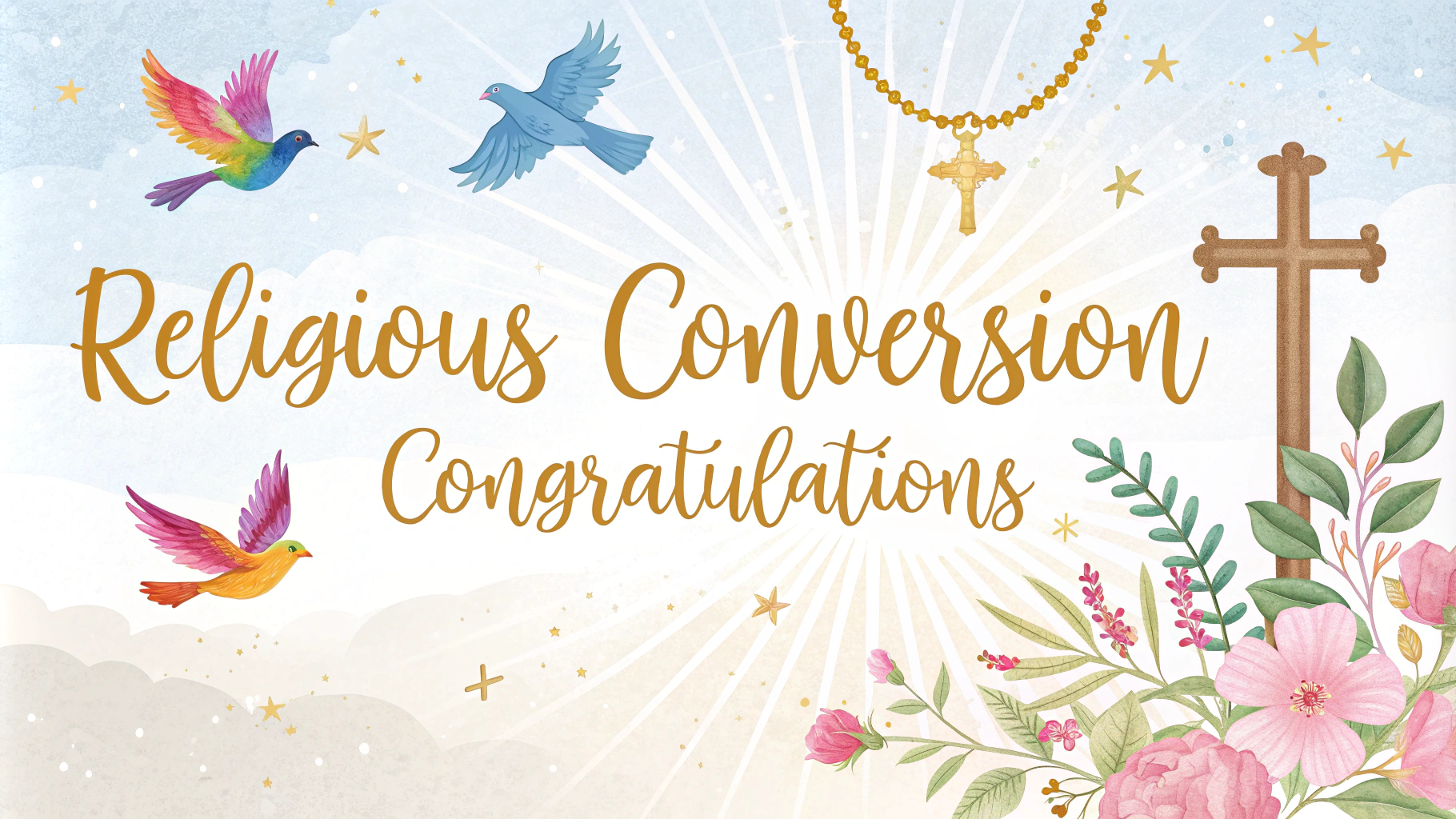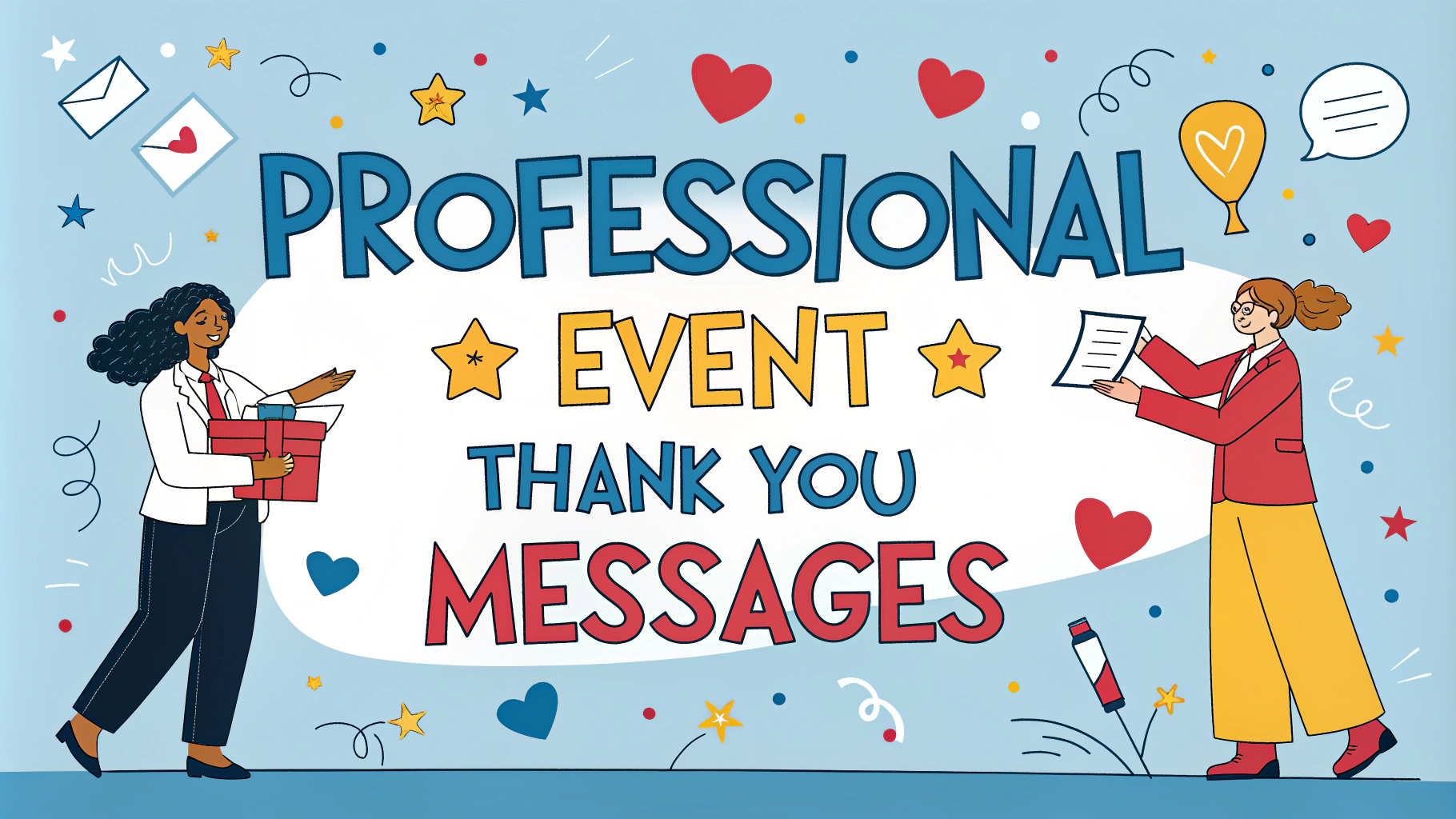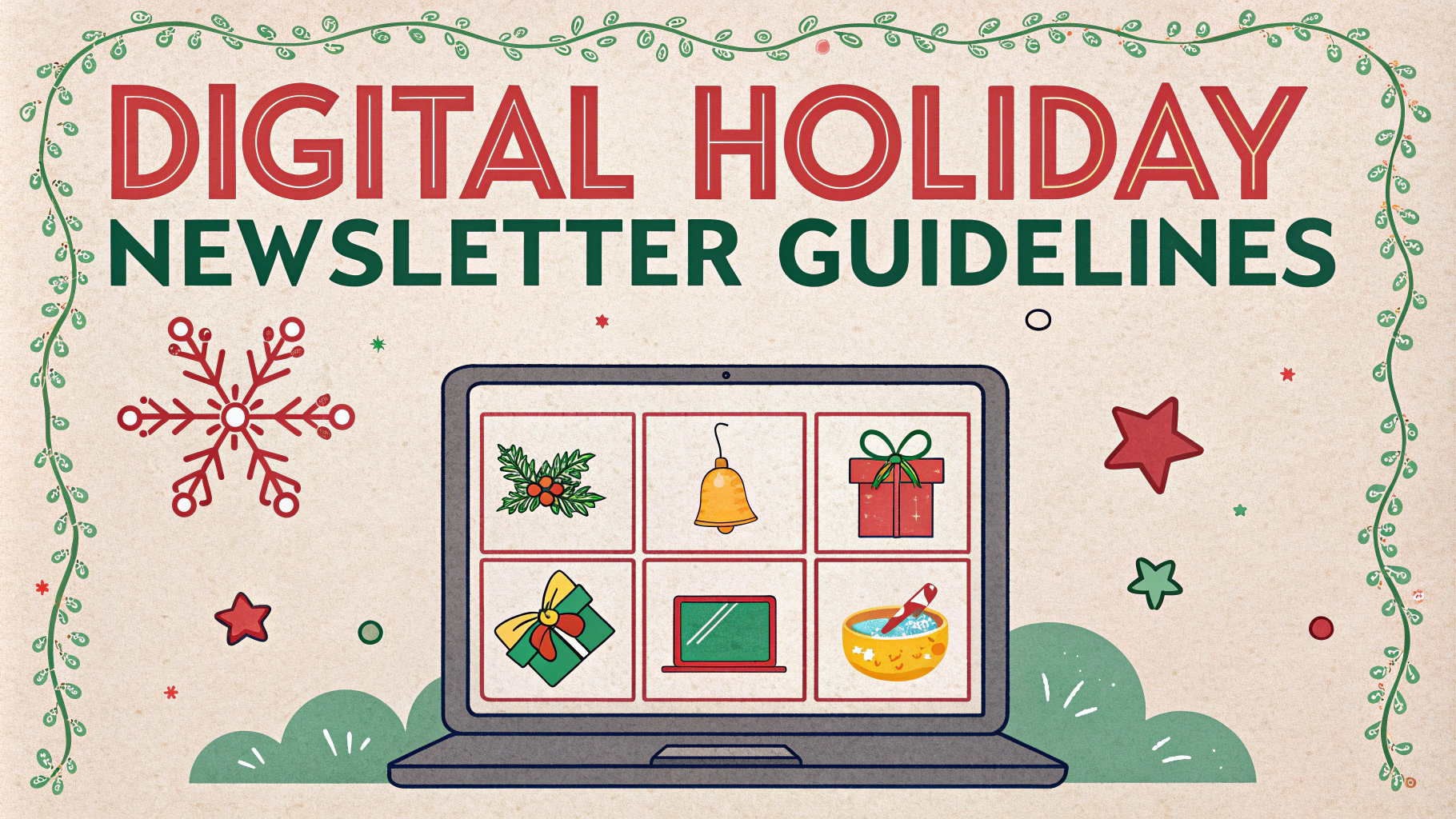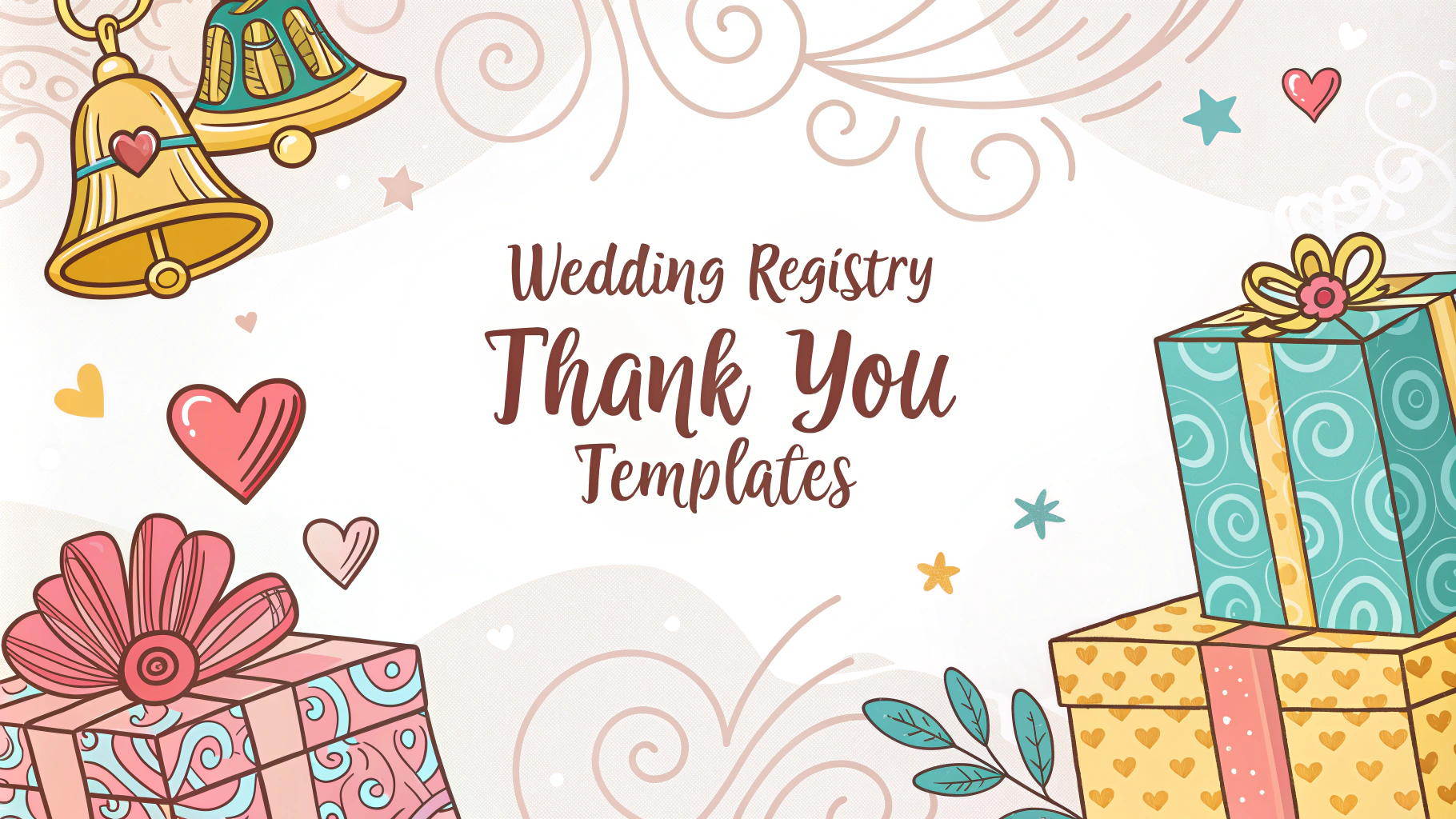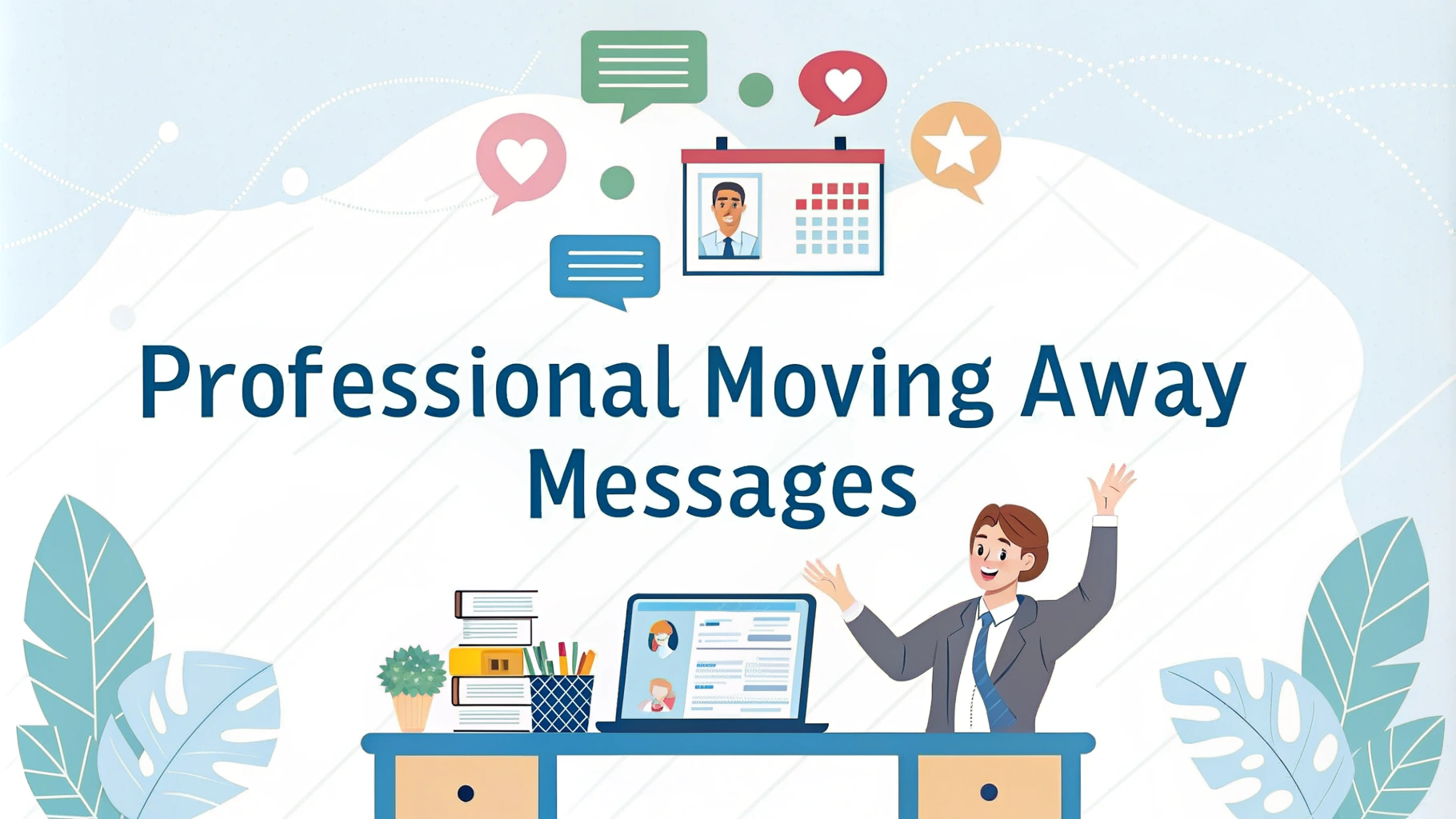Following up after business meetings helps maintain professional relationships and ensures clarity on discussed points.
A well-crafted follow-up message reinforces key decisions, confirms action items, and keeps projects moving forward.
Essential Elements of Business Meeting Follow-ups
- Thank participants for their time
- Summarize key points discussed
- List action items and responsibilities
- Confirm deadlines and next steps
- Include relevant attachments or resources
Sample Follow-up Message Template
Subject: [Meeting Name] - Follow-up Summary Dear [Names], Thank you for attending [meeting topic] on [date]. Key Points Discussed: • [Point 1] • [Point 2] • [Point 3] Action Items: [Name] - [Task] by [Date] [Name] - [Task] by [Date] Next meeting: [Date and Time] Best regards, [Your name]
Best Practices for Meeting Follow-ups
- Timing: Send within 24 hours while details are fresh
- Clarity: Use bullet points for easy scanning
- Tone: Keep professional but friendly
- Length: Be concise and focused
Special Occasions and Greetings
| Occasion | Appropriate Message |
|---|---|
| First Meeting | “It was a pleasure meeting you and discussing [topic].” |
| Holiday Season | “Wishing you success as we approach [holiday].” |
| Project Completion | “Thank you for your collaboration on this successful project.” |
Tips for International Business Communications
- Research cultural greeting norms
- Consider time zones when scheduling follow-ups
- Use clear, simple language
- Avoid idioms or regional expressions
Remember to save important follow-up messages for future reference and documentation.
Track responses and send gentle reminders if needed after 3-4 business days.
Tools for Meeting Follow-ups
- Calendar Apps: Google Calendar, Outlook
- Project Management: Asana, Trello
- Email Templates: Gmail Canned Responses, Outlook Quick Parts
- Note-taking: Evernote, OneNote
Set up automated reminders to ensure timely follow-ups for recurring meetings.
Meeting Documentation Best Practices
- Create searchable digital archives
- Organize by project, client, or date
- Include meeting minutes and recordings
- Maintain version control for documents
Remote Meeting Follow-up Considerations
Technical Elements
- Share recording links when available
- Provide access to shared documents
- Confirm video conference details for next meeting
- Address any connectivity issues encountered
Virtual Collaboration Tools
- Screen sharing recordings
- Virtual whiteboard sessions
- Chat transcript highlights
- Digital collaboration spaces
Follow-up Analytics and Metrics
| Metric | Purpose |
|---|---|
| Response Time | Track engagement and urgency |
| Action Item Completion | Measure project progress |
| Meeting Effectiveness | Evaluate communication quality |
Conclusion
Effective meeting follow-ups are crucial for business success and maintaining professional relationships. By implementing structured follow-up processes, using appropriate tools, and maintaining consistent communication, organizations can ensure better meeting outcomes and project progress.
Regular evaluation and adjustment of follow-up strategies help optimize business communications and strengthen professional networks. Remember to stay adaptable and responsive to different communication needs and cultural considerations.
FAQs
1. What is the appropriate timeframe to send a business meeting follow-up message?
Within 24-48 hours after the meeting is the optimal time to send a follow-up message to maintain momentum and show professionalism.
2. Should I include meeting minutes in my follow-up message?
Yes, including a brief summary of key points discussed, decisions made, and action items agreed upon helps ensure all participants are aligned on the meeting outcomes.
3. What are the essential components of an effective business meeting follow-up message?
A thank you note, meeting summary, action items, deadlines, assigned responsibilities, and next steps or future meeting details if applicable.
4. How should I address meeting participants in the follow-up email?
Use appropriate professional salutations and ensure all attendees are included in the recipient list, using CC for those who need to be kept informed but aren’t primary stakeholders.
5. What’s the best way to handle unresolved items from the meeting in the follow-up message?
Acknowledge pending items, outline the plan to address them, assign responsible parties, and set clear deadlines for resolution.
6. Should I send individual follow-ups or one group message?
Send a group message for general meeting follow-up and separate individual messages for specific tasks or sensitive matters that don’t concern the entire group.
7. How do I politely chase up action items that weren’t completed after the meeting?
Send a gentle reminder referencing the original follow-up email, emphasizing the deadline and offering assistance if needed.
8. What’s the appropriate format for expressing gratitude in a business meeting follow-up?
Keep it professional but genuine, thanking participants for their time and specific contributions, without being overly casual or formal.
9. Should I include calendar invites for next meetings in the follow-up message?
Yes, if follow-up meetings were agreed upon, include calendar invites or proposed dates and times while the discussion is fresh in everyone’s minds.
10. How should I handle confidential information discussed in the meeting when sending follow-ups?
Only include sensitive information in separate, private communications to authorized participants, keeping general follow-ups focused on non-confidential matters.

